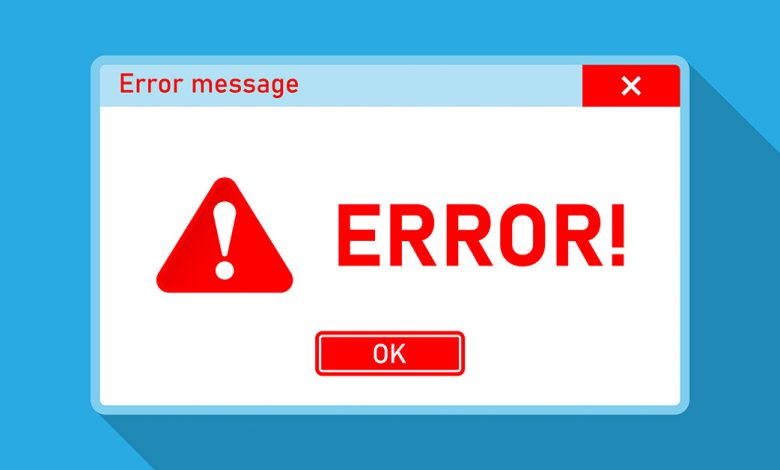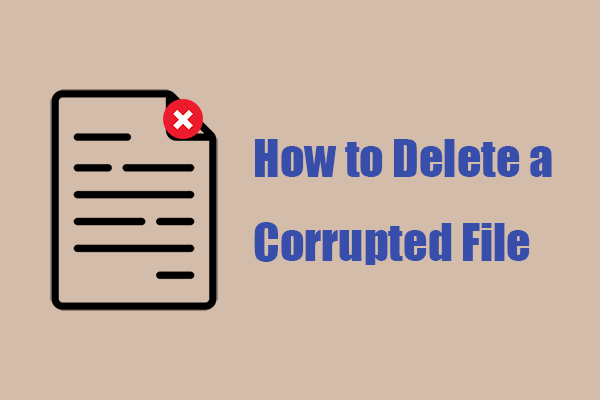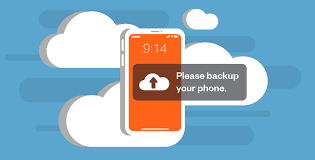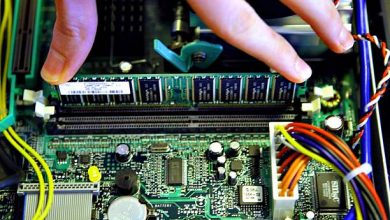
How to delete a corrupted file (All you need to Know): Your business computer’s hard drive may include a corrupted file that causes your system to crash. Worse yet, you can lose crucial client or customer information as a result. When it comes to removing corrupt files, there are several choices.
Read Also: How To Delete A Program On TI-84(2023)
Rebooting your system and attempting to remove the corrupted file is the easiest method to try first, as is the case with any technique. After that, you can attempt to free the file using a file unlocker programme and, in the event that nothing else works, reformat the drive volume to remove the corrupt file from the drive index.
Read Also: How to make a text file on Mac(Quick and Easy)
Easy ways on how to delete a corrupted file

Method 1: Restart the computer and remove any corrupted files.
- Shut down every programme and file you are working on.
- After restarting the machine, Windows will boot up.
- Locate corrupted files that you wish to remove by logging in with the administrator account. Drag files into the Recycle Bin.
- Bin for recycling is empty.
Read Also: How To Organize Digital Files
Method 2: Use Safe Mode to remove corrupted files
- Before starting Windows, restart the machine and press F8.
- Enter safe mode by selecting it from the list of options displayed on the screen.
- Find the files you wish to remove by browsing. Click the Delete button after selecting these files. They’ll end up in the recycle bin.
- To remove them, open the recycle bin and remove them.
Read Also: How to clear Facebook cache on iPhone(The Ultimate Guide)
Method 3: Use the command prompt to remove files
- In the search box, type cmd after clicking the Start button.
- From the list of search results, right-click “Command Prompt” and select “Run as administrator”. Next, a Command Prompt appears.
- Enter the command by typing it in and hitting Enter.
<File Path> /DEL /F /Q /A - Recall that you should substitute the path of the file you wish to remove for <File path>; for instance, DEL /F /Q /A C:\Users\LJ\Desktop\120.vhd
- Force deletion of files is indicated by the symbol /F, force deletion of read-only files by Q/, and selection of files with the ready for archiving attribute by /A.
Read Also: How To Clear Cache On iPhone(2023 Guide)
Method 4: Antivirus Scan
Give your computer a thorough antivirus scan. Malware or viruses may occasionally be the cause of file corruption. The corruption problem can be fixed by eliminating any possible dangers, enabling you to remove the file.
Read Also: How to transfer photos from iPhone to external hard drive (The Ultimate Guide)
Conclusion
In summary, removing a corrupted file necessitates a methodical approach that includes both simple and sophisticated diagnostic methods. Finding the root reason and implementing the right remedy are crucial. If questions remain, professional advice or participation in technical support forums may offer customised answers for your particular circumstance.
FAQs & Answers
1: Is it possible for me to manually fix the faulty file?
Sure, check the permissions and properties of the file to make sure you have the authority to remove it. Before attempting to delete the file, make sure there are no open apps utilising it.
2: What if Safe Mode isn’t functional?
Try deleting the file using the Command Prompt with administrator rights if Safe Mode isn’t working. As an alternative, think about using third-party programmes made for erasing obstinate files, and make sure your antivirus programme is up to date.
3: Should I look for expert assistance?
Professionals or technical support forums can offer specialised remedies for your particular circumstance if questions continue. Depending on the specifics of your system and the type of corrupted file, they can provide advice.




